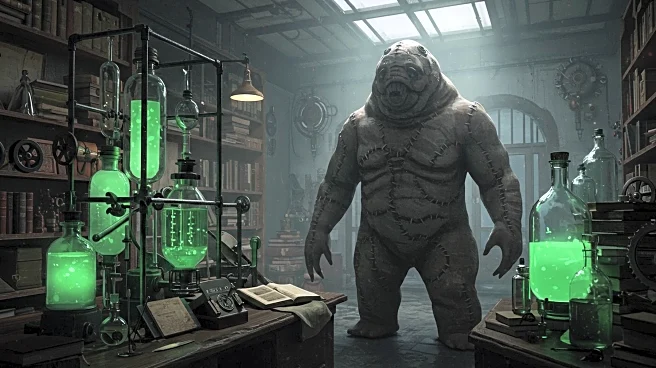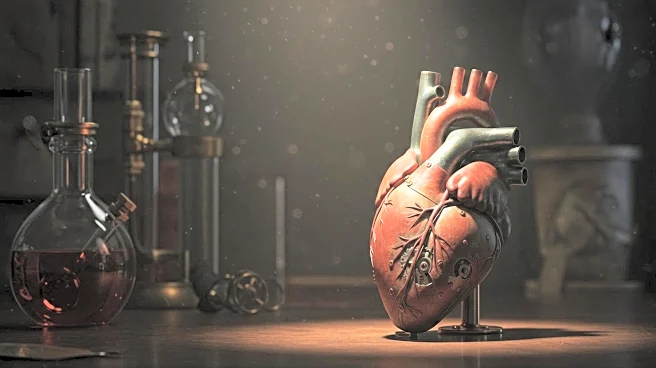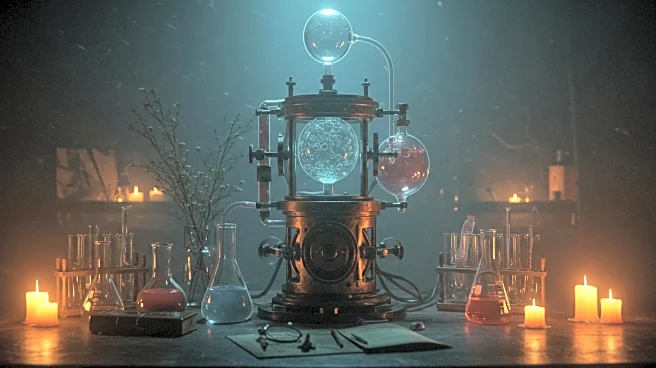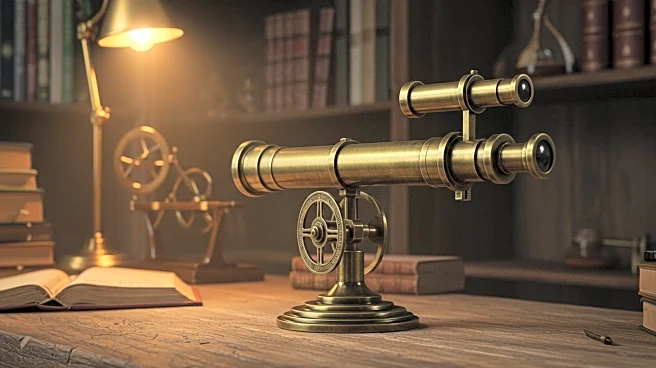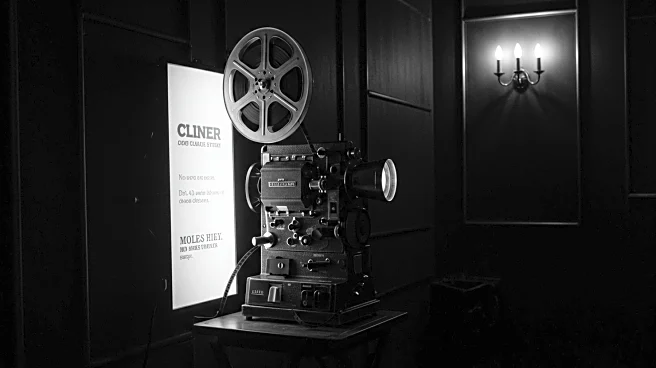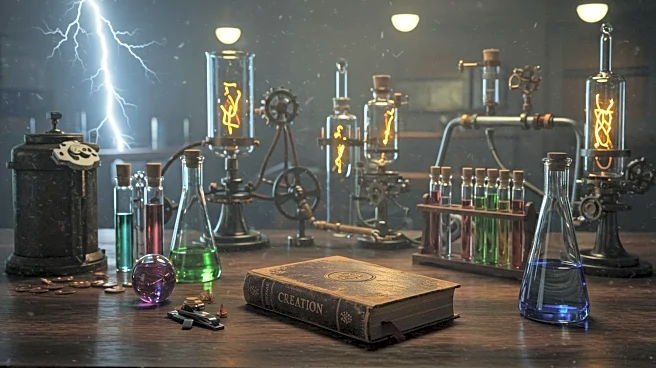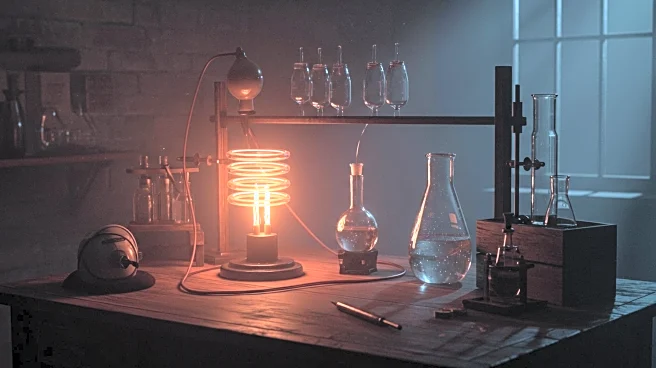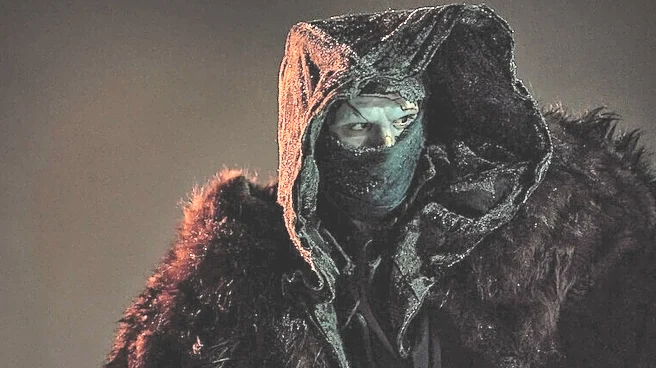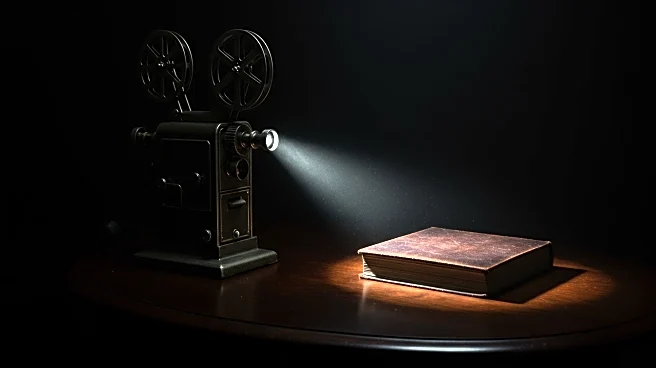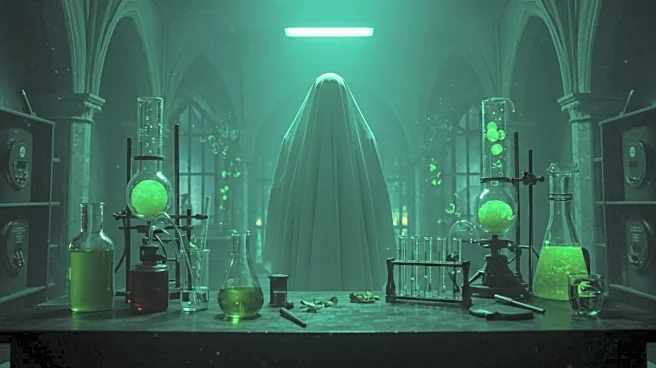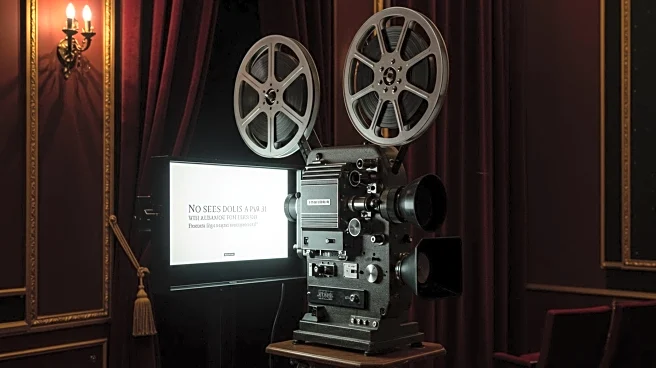What's Happening?
Guillermo del Toro, the acclaimed filmmaker, is set to release his adaptation of Frankenstein, which will debut in theaters on October 17 and on Netflix on November 7. Del Toro has taken a distinctive approach to the creation of Frankenstein's monster, opting for a design that resembles a jigsaw puzzle rather than the traditional symmetric scars and sutures. He envisions the monster as a beautiful, newborn entity, crafted with aesthetic precision by Victor Frankenstein, who is portrayed as both an artist and a surgeon. Del Toro's interpretation includes a unique depiction of the monster's creation, likening it to a concert, where Dr. Frankenstein joyously assembles the creature in his lab.
Why It's Important?
Del Toro's adaptation of Frankenstein is significant as it offers a fresh perspective on a classic tale, potentially influencing future portrayals of the iconic monster. By focusing on the artistic and aesthetic aspects of the monster's creation, del Toro challenges traditional horror tropes and invites audiences to reconsider the narrative of Frankenstein. This approach may impact the film industry by encouraging filmmakers to explore innovative storytelling techniques and character designs. Additionally, the film's release strategy, with a substantial theatrical run followed by availability on Netflix, reflects evolving distribution models in the industry.
What's Next?
The film is expected to have a major theatrical release, marking Netflix's largest commitment to a theatrical rollout for its films. It will be available in theaters for at least three weeks before transitioning to the streaming platform. This strategy may set a precedent for future Netflix releases, balancing between traditional cinema experiences and digital streaming. The reception of del Toro's Frankenstein could influence how streaming services approach film distribution, potentially leading to more hybrid release models that cater to diverse audience preferences.
Beyond the Headlines
Del Toro's unique vision for Frankenstein's monster may spark discussions on the ethical implications of scientific creation and the aestheticization of horror. By portraying the monster's assembly as a harmonious act, the film could challenge viewers to reflect on the intersection of art and science, and the moral responsibilities of creators. This narrative choice might also inspire cultural debates on the representation of monstrosity and beauty in media, encouraging a reevaluation of societal perceptions of the 'other.'
